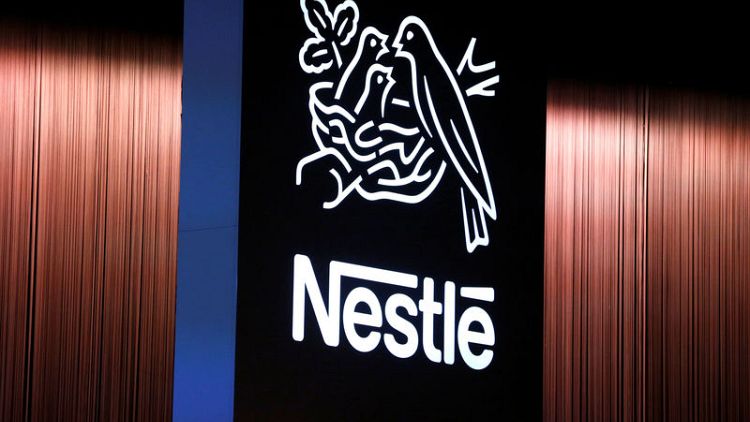By Martinne Geller
LONDON (Reuters) - Nestle <NESN.S> will use satellites to monitor palm oil plantations for signs of deforestation, it said on Friday, as it aims to speed up its commitment to more sustainable ingredient sourcing.
The maker of KitKat and Aero bars is using technology developed by Airbus <AIR.PA> and a non-profit group called the Forest Trust. The technology, called Starling, acts as a verification system that uses radar and satellite imagery to monitor forest cover changes in almost real-time.
Palm oil, a type of vegetable oil used in confectionery and other goods, is controversial because of the environmental impact of clearing forests to make way for plantations.
The majority of the world's palm oil comes from Malaysia and Indonesia, where deforestation has hurt orangutan populations.
In 2010, Nestle pledged to wipe out deforestation in its supply chain by 2020 and earlier this year pledged to have 100 percent of its palm oil certified by Roundtable on Sustainable Palm Oil by 2023.
By the end of the year, all of the land supplying Nestle with palm oil will be covered by Starling. Nestle also plans to use it in areas that supply pulp and paper.
(Reporting by Martinne Geller; Editing by Kirsten Donovan)



